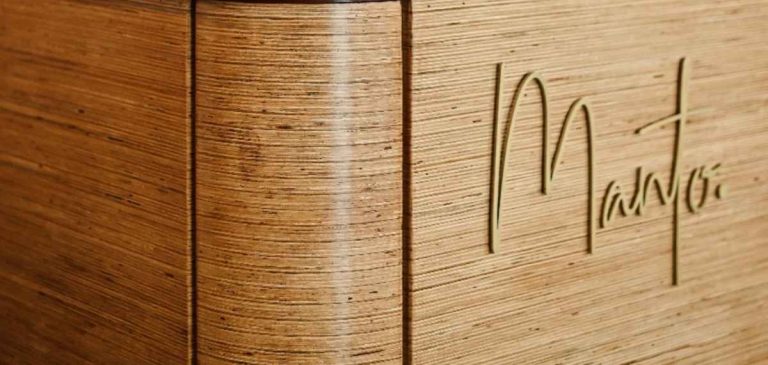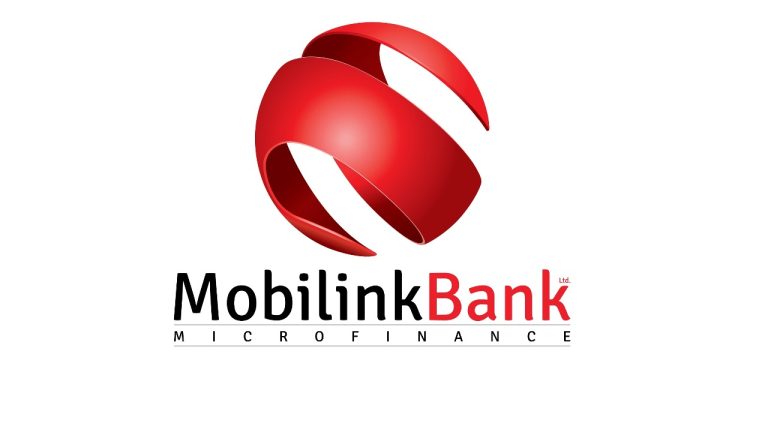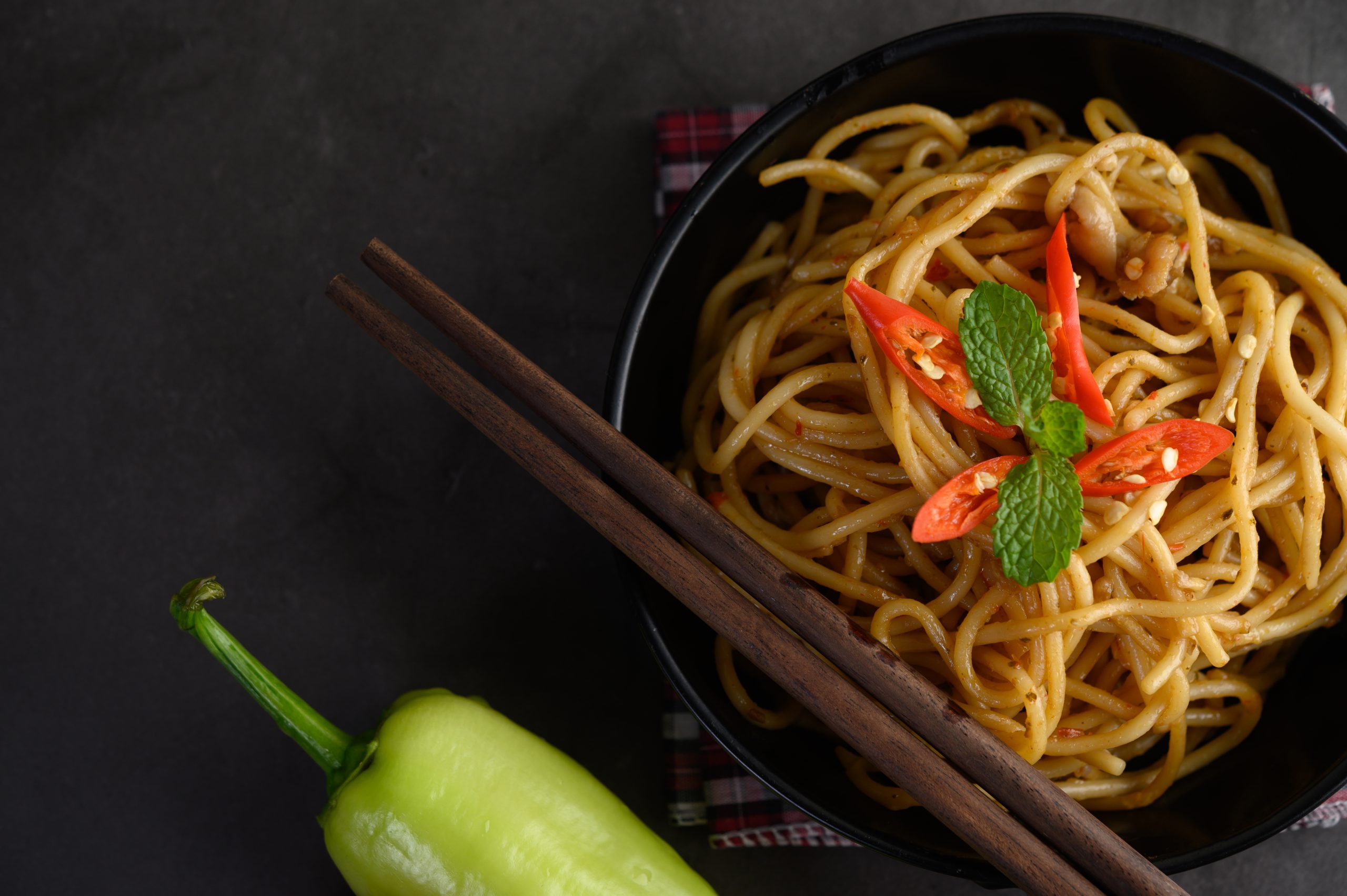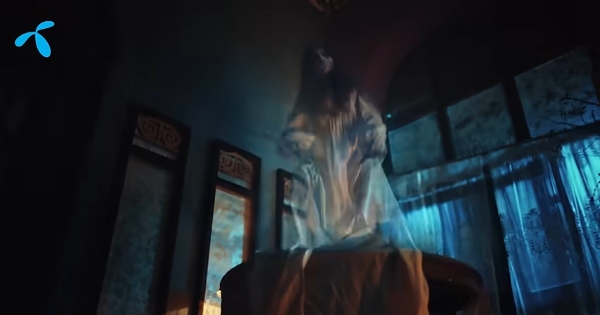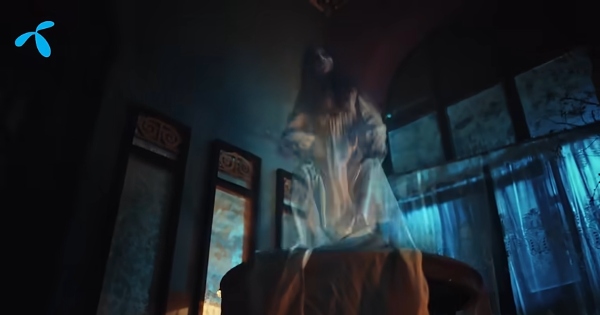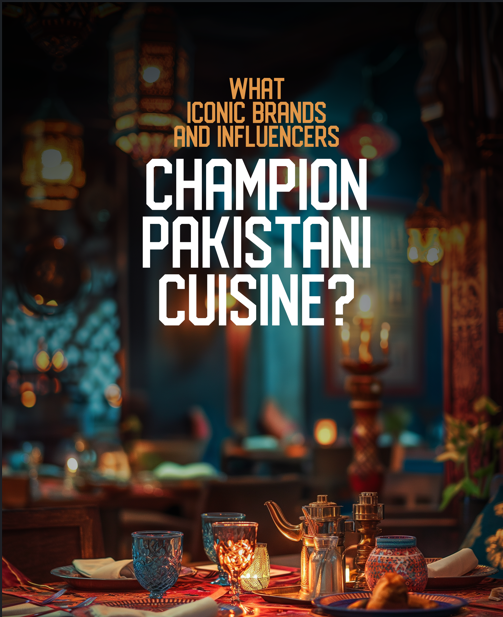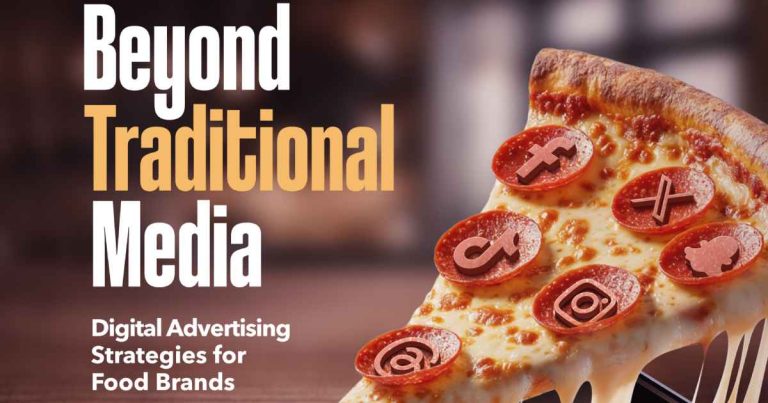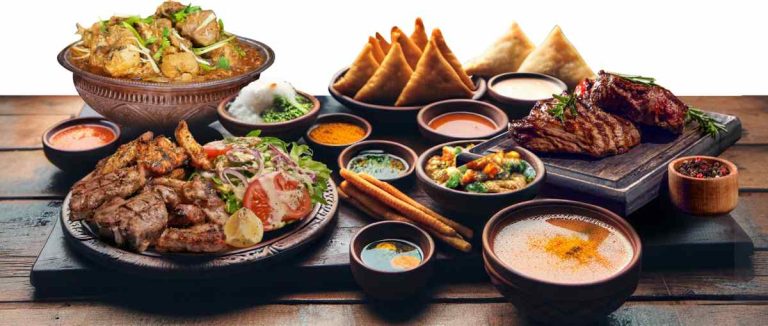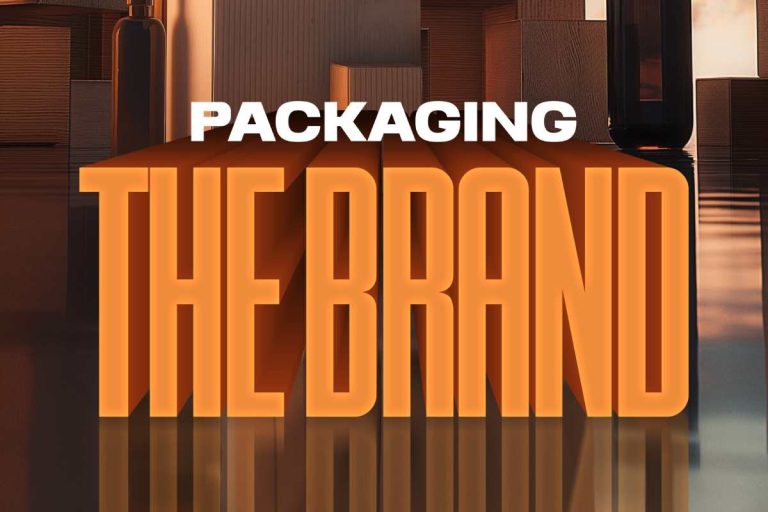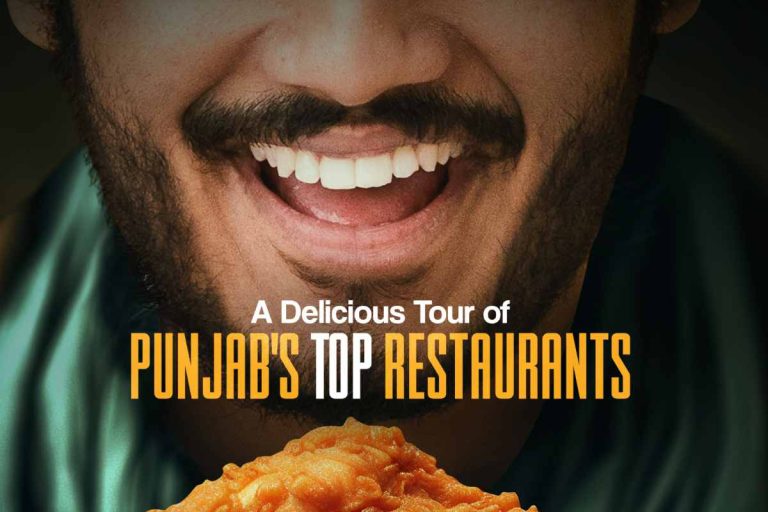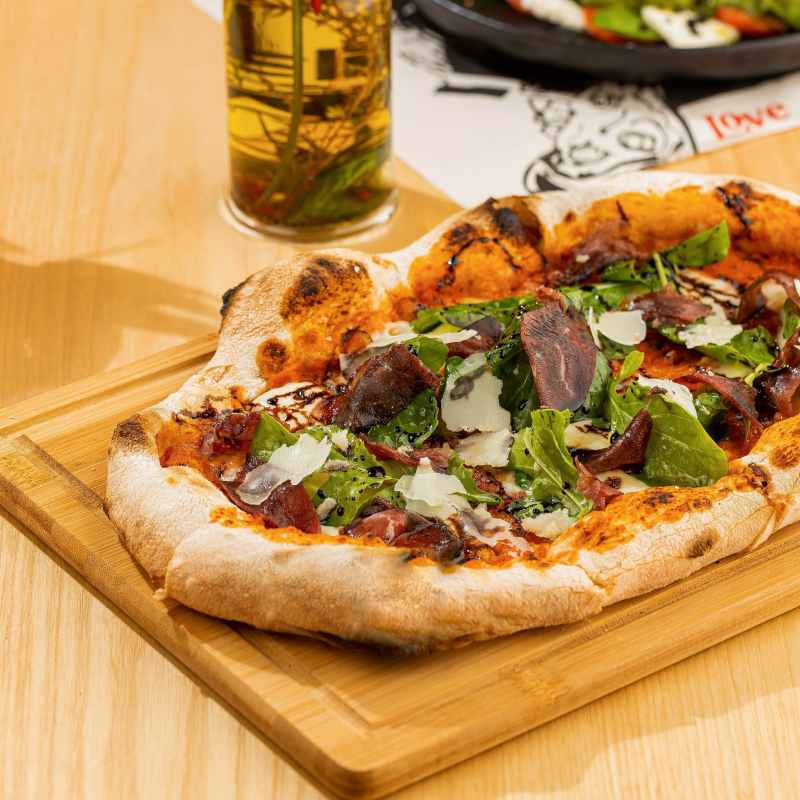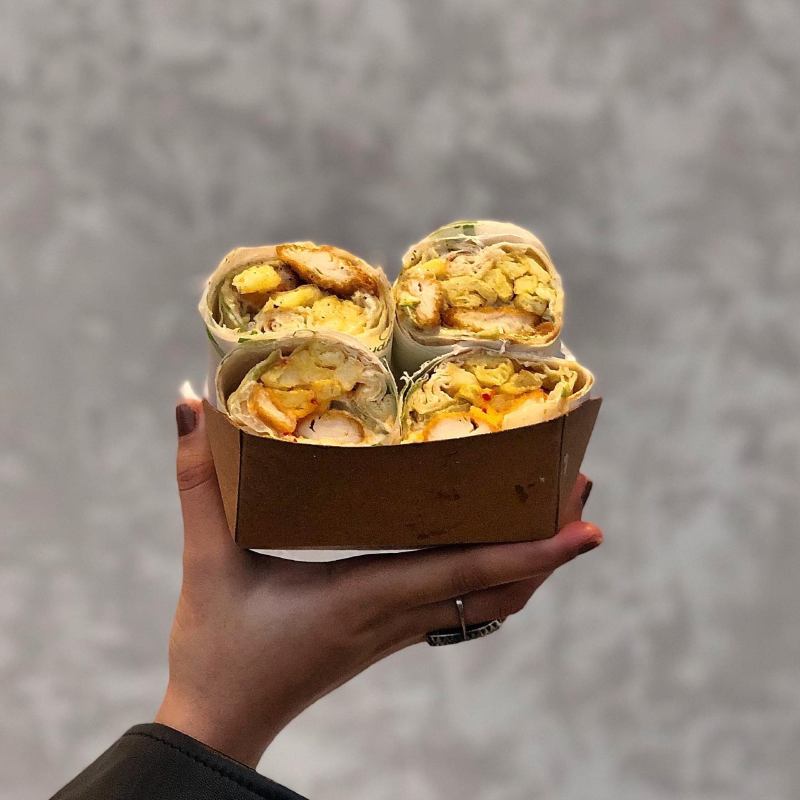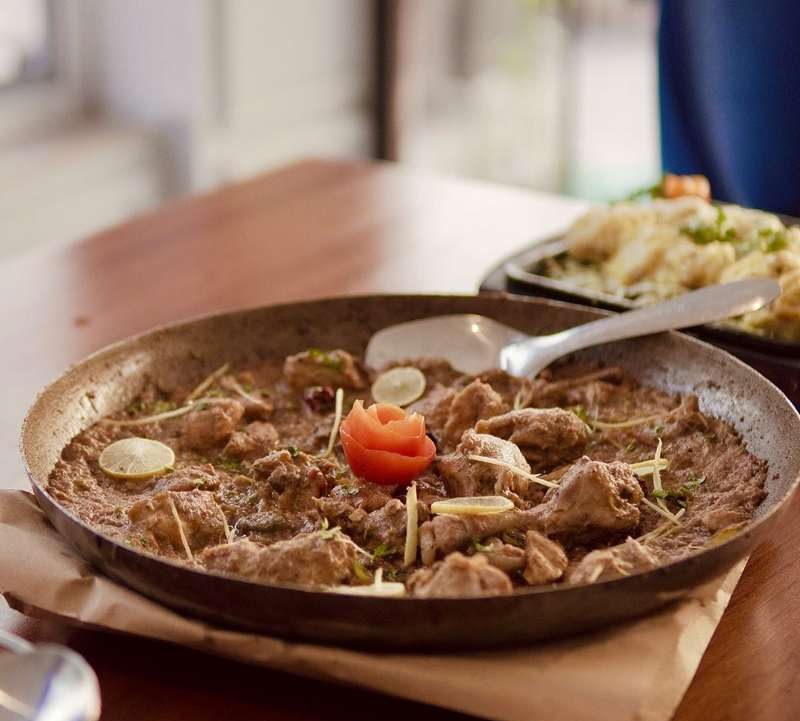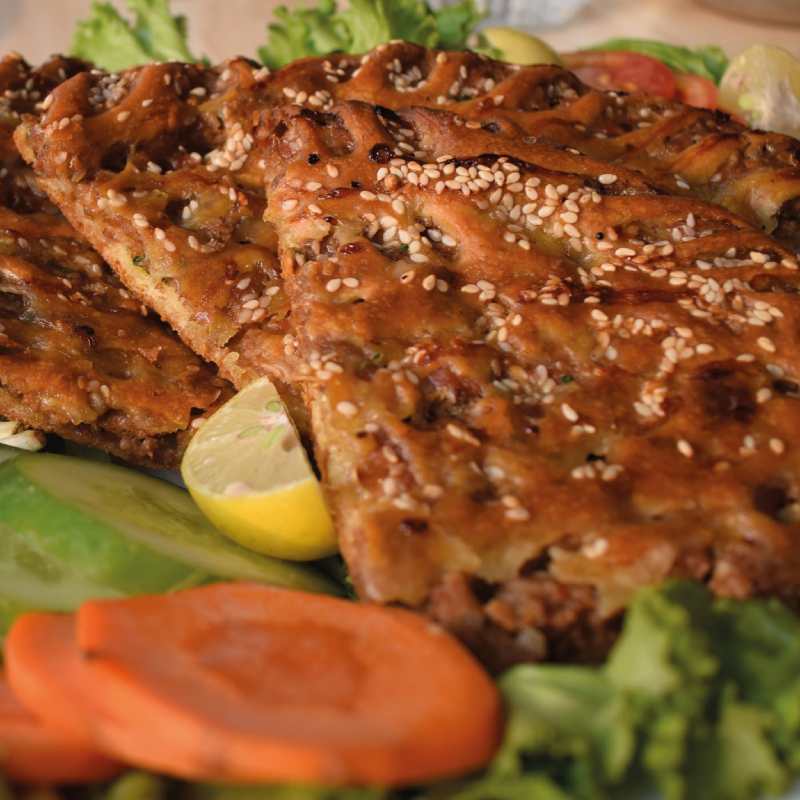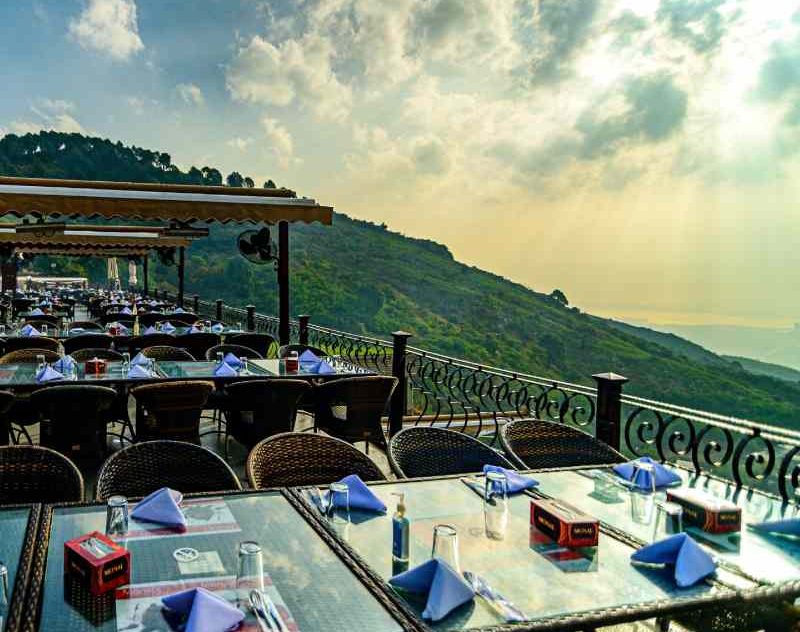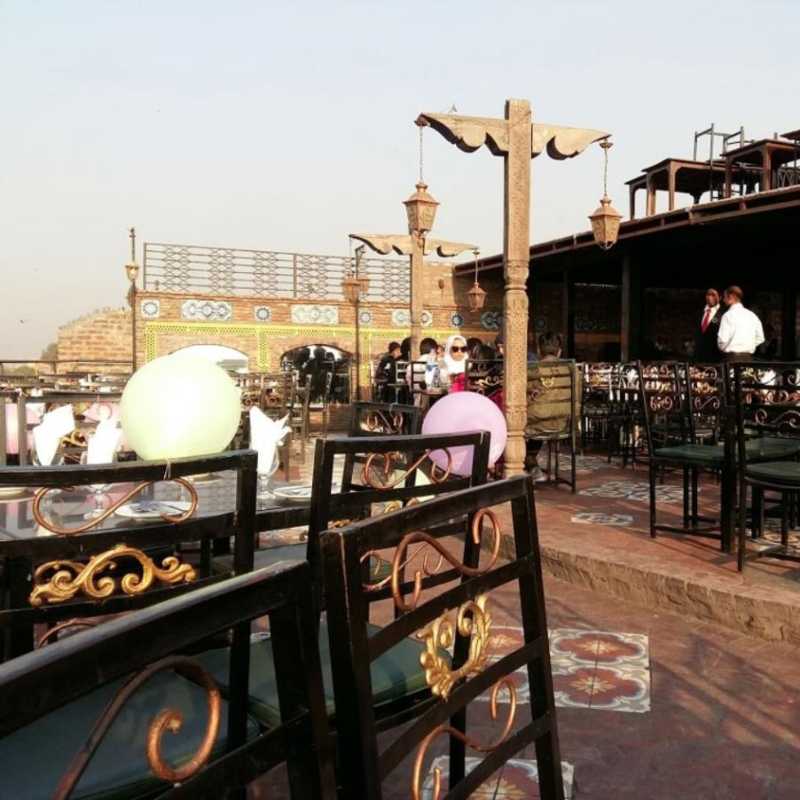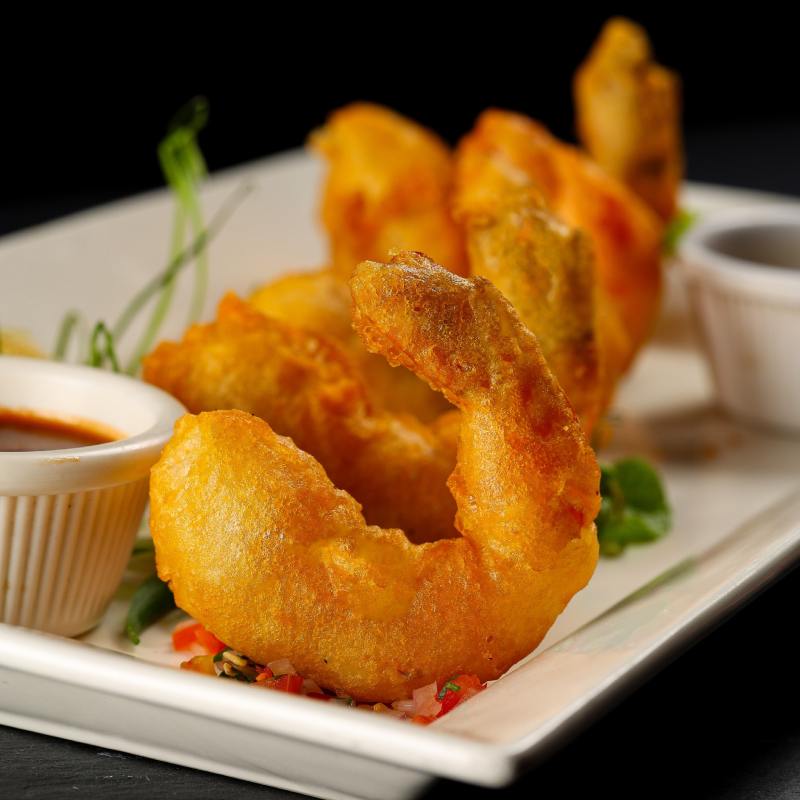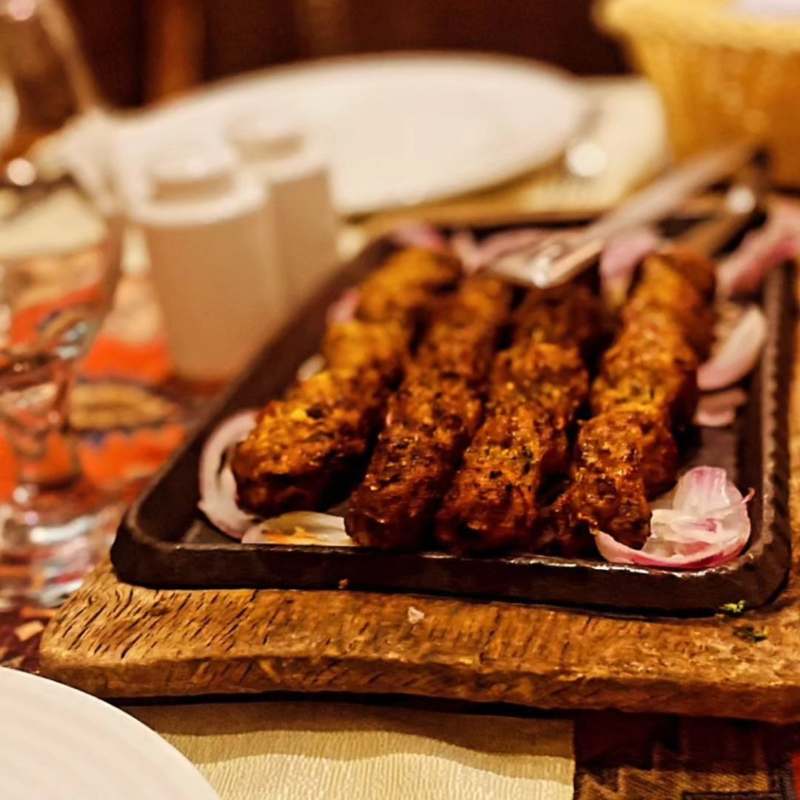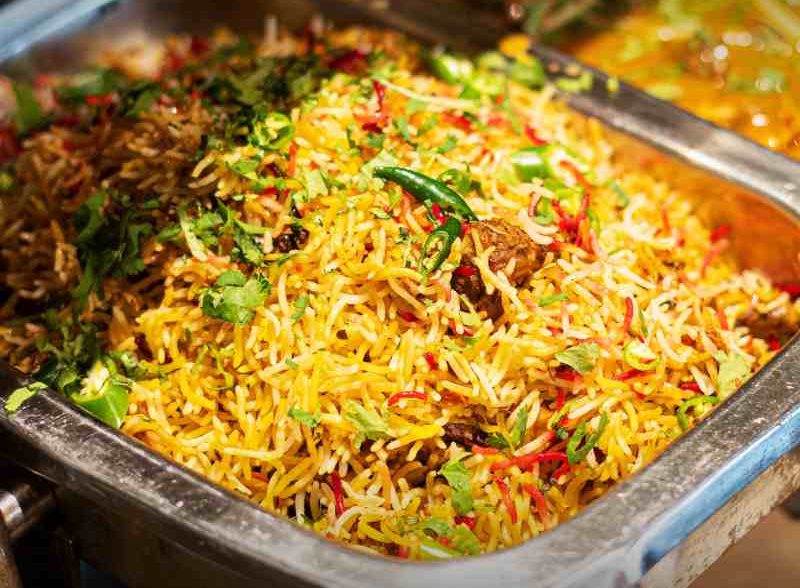Manto is a brand in Pakistan that has woven words and interworked poetic threads into these glorious pieces of clothing. Join us for an exclusive interview with Salman Parekh the creator of Manto.
Synergyzer: Manto was established in 2019, and it’s become extremely popular in Pakistan and internationally. How did a YouTuber delve into clothing?
Salman Parekh: I enjoy storytelling and I enjoy finding things that people may be excited about. And during my time studying in the UK, I became quite fond of wearing kurta shalwar, whenever I would wear my Pakistani attire, I would always get a positive reaction and that I feel like really pushed me to create Manto, I think it had been bubbling inside of me and I threw out all this creative vomit that I had in myself, and the brand was born. I built Manto with one design in 4 colours. After a few days of the release, all of a sudden it just started spreading out. I would run to my mother every 30 minutes screaming, “I don’t know what’s happening!” We kept getting more and more orders. Allah has been extremely kind to us. I don’t know what it was that just made us go big, maybe people required basics, and that’s what we had focussed on initially.
Synergyzer: What marketing strategies have you applied to your brand and how have they helped you?
Salman Parekh: Being famous and putting up a ‘wow’ advertisement is not enough! There are myriads of brands in Pakistan right now, you can’t just have people that are famous and believe that this is going to make my brand stand out. Now people have a choice and they understand way more than the people before our time. So, the only way to thrive and survive is to be someone that people choose, rather than the only option that they get. The art, the media, and the exposure to different social cultures have an impact on how we think. We still haven’t yet dabbled into billboards or TV, but soon enough. Often startups, think after they’ve built their brand, that’s when they’ll begin their ‘marketing’.
At what point does the marketing begin? It starts when you decide to create a product, it establishes when you set the quality for the product, design the packaging or set the policies, when the values are set. What will be the words the customers hear, once they enter the store? All of this is marketing. Marketing isn’t just advertising, for us, the most important thing is to build a relationship with our customers, I want to build a strong, trustworthy strength-based relationship rather than extensively on big adverts but not have a bond with my customers. We wanted our customers to love it so much that they would spread the word. And that’s exactly what they did, they told their friends, who told their families, and there is nothing to this date, that we could have done, that word of mouth did for us, it put us out there, made us sell out again and again. Word of mouth, the love and support of people, is what has worked the best from day one, it’s still the most powerful one and the credit goes to our customers. But other than that, we started doing Facebook ads to amplify the pre-existing sales as it was 3 years after our existence.

Synergyzer: Describe your brand personality, value and vision.
Salman Parekh: My vision for Manto has always been to make a label that isn’t a big brand that makes people feel small, but a small brand that makes people feel big. The other thing I’ve always had in my mind is that this label, the clothing, the duppatas, or whatever we plan to sell, it’s not the story that I want to tell matters, it’s the story that gets heard and I give that to my customers. It’s just a piece of clothing. It’s just another scarf until you put it on until the person puts it on and does what they do with it, only then is it complete. Manto’s name changed 3 days before the launch, it was supposed to be called ‘Rung’, we had just made the gol-galla kurtas, I called them ‘Manto Kurtas’ because any writer that I saw in South-East Asia would wear these collarless kurtas. The reason why we called it ‘Manto’ and not ‘Jaun’ was because the word, Manto means a piece of cloth in Persian and then we also resonate with Sadat Hassan Manto. It just felt right with Manto Sahab. He didn’t care and kept creating no matter what people said or thought about him and his work. Regardless of the ridicule, he kept producing his brilliant work. He was a giver but never a people pleaser and I feel like I resonated with him. My number one hope was to make kurta shalwar cool again. Manto is an accumulation, an amalgamation of small things coming together. It could be the colour, how it’s presented, who it is for.
Synergyzer: Did the Ichra incident affect your business?
Salman Parekh: Of course, the sales suffered and they still are to some extent. But the basic human need is survival and that is the most important thing for us and that’s what we want for our customers. We didn’t think twice and put a statement out, that they could come back and return their clothes if they don’t feel safe, that they shouldn’t wear them out due to the current climate of the country, because when you are in a relationship with someone you want the best for them, not just be selfish or greedy. Before this incident, we had more orders than we could keep up with and had expanded, so the incident hit us extremely hard. Even if there was no Urdu within Manto, it would still be Manto, the calligraphy has been helpful but Manto didn’t begin with Urdu and wouldn’t end without it.
We have to understand the culture, and the people, and are they still going to be scared sometimes? Yes. But there are still so many people throughout this time who have been super supportive, and who have kept wearing it. Maybe even more, choosing rebellion, trying to normalise it. Although it’s quite ironic, languages were created to reduce distances and increase understanding and tolerance. While we have suffered, we haven’t sunk.
Synergyzer: What do you think about inclusivity and how do you achieve that?
Salman Parekh: From day one, we’ve been super clear about who we want to cater to. We are not trying to be good to everybody, but rather great to somebody. We are trying to create belongingness, community and a brand that can enable some sort of culture and it’s about people who get it. We are very conscious of what we do, whether it be the climate impact we make, social or personal impact. We are living in a world where there are so many choices, there’s nothing that’s for everyone. Other than that, we are shipping internationally; UK, Middle East, and US, and the best part is you can return or exchange anything internationally as well.
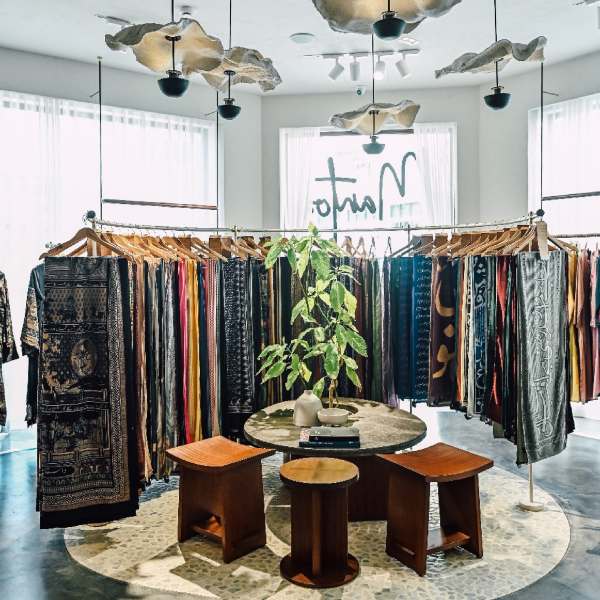
Synergyzer: How do you see Pakistan’s fashion scene from a business point of view, in the future, especially the next 10 years?
Salman Parekh: Super exciting! People have so many possibilities now, which is enabling them to create more as well. Every other person can go and make their mark. As long as it does not make us more materialistic. As long as sustainability, and profitability can be maintained, go forth and create! I especially love what ‘Rastah’ is doing.
Synergyzer: How are you dealing with going from a local e-commerce business to now an international business with physical stores?
Salman Parekh: Each day, the level of difficulty just keeps increasing. But this is what we signed up for. As a person, I still feel like I am the same, with the same choices I had. But in the process, we have grown and matured and we have been shaken to the core with issues. It’s difficult and sometimes you hate being in a position where you can’t just get up and leave. But I do not measure success just quantitatively alone; I measure it qualitatively as well and so each time I gather up the courage to do more, and better and this is why it’s a journey, it always will be, there’s no destination.
Synergyzer: Your brand has revived Urdu literature in this modern world, was that your intention?
Salman Parekh: We wanted to redefine cool. Unfortunately, cool was considered as people who didn’t do anything, were smoking, played video games and were nonchalant, but not for me, it was getting up in the morning, contributing to the world, doing something extraordinary in their ordinary lives, and working hard. I did my Master’s in the UK, and I was so proud of my culture, I would wear shalwar kameez to my classes, and I just wanted to do something for my culture, my heritage and my language.
Synergyzer: How do you stay agile and adapt to changes in the market and consumer behaviour?
Salman Parekh: Learn, learn, learn.
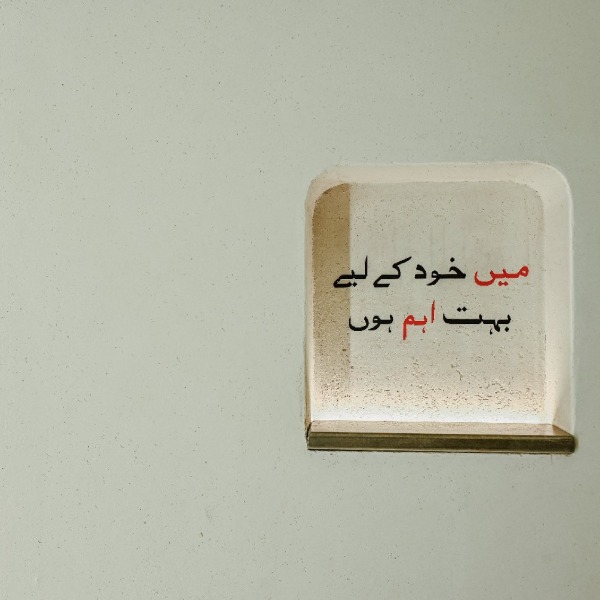
Synergyzer: What role does market research play in its design and marketing processes?
Salman Parekh: There are two rules, sometimes just simply learning how to do things better, taking feedback, understanding the problems or what is appreciated and working on our brand from there. In terms of research, that’s super important, but also, I wonder, did Graham Bell ask people If they needed a telephone before he invented it? Henry Ford, for example, mentioned once that if he had asked people what they wanted, they would’ve said faster horses instead of cars. Yes, we create for the people but at the same time, we listen to our gut and be as creative as we feel like without the pressure.
